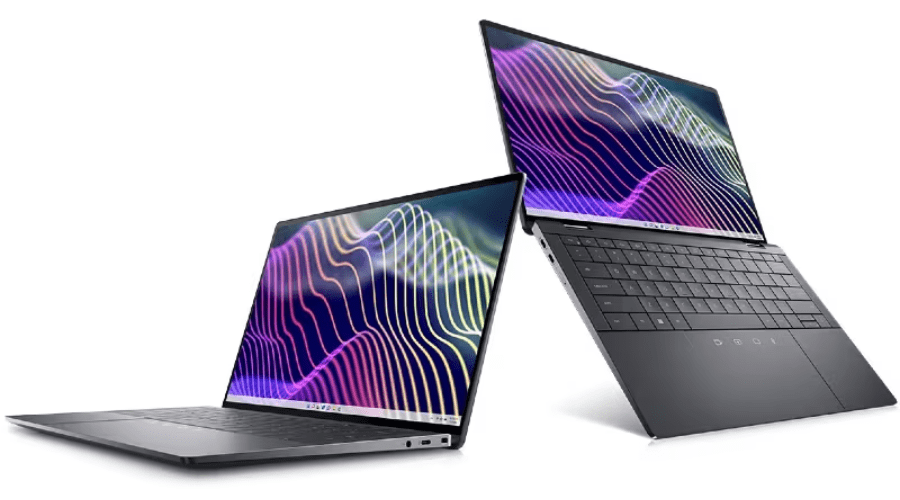
In a world inundated with technology, the significance of audio devices cannot be overstated. Whether you’re a music enthusiast, a gamer, or someone who simply enjoys crisp and clear communication, audio devices play a pivotal role in shaping our auditory experience. From the humble beginnings of audio technology to the cutting-edge devices of today, this blog explores the evolution, types, and future trends of audio devices.
The Evolution of Audio Devices
A Historical Prelude
The journey of audio devices dates back to the late 19th century with the invention of the phonograph by Thomas Edison in 1877. This groundbreaking device marked the dawn of recorded sound, enabling people to capture and reproduce audio for the first time. Over the decades, audio technology continued to evolve, witnessing milestones such as the invention of the radio, the introduction of magnetic tape, and the advent of stereo sound.
Rise of Headphones: From Niche to Mainstream
One of the most significant developments in audio technology was the rise of headphones. Initially used primarily by radio operators and telephone operators, headphones gained popularity in the mainstream with the launch of the Walkman by Sony in 1979. This portable cassette player, paired with lightweight headphones, revolutionized the way people consumed music, allowing them to carry their favorite tunes wherever they went.
The Digital Revolution: From CDs to Wireless Connectivity
The transition from analog to digital audio marked a paradigm shift in the world of audio devices. Compact Discs (CDs) became the norm, offering superior sound quality and durability compared to traditional vinyl records. With the rise of the internet and digital streaming services, music enthusiasts could access an extensive library of songs with just a click. The advent of Bluetooth technology further untethered audio devices, paving the way for wireless headphones and speakers.
Types of Audio Devices
1. Headphones: Beyond Basic Listening
Headphones have come a long way from the bulky, wired designs of the past. Today, they come in various types, catering to diverse preferences and use cases. Over-ear headphones provide immersive sound quality and noise isolation, making them ideal for audiophiles and gamers. On-ear headphones are more portable and comfortable for extended use, while in-ear headphones, commonly known as earbuds, offer a compact and lightweight option for those on the go.
2. Speakers: Filling Spaces with Sound
Audio devices extend beyond personal listening, and speakers play a crucial role in this domain. From traditional wired speakers to modern Bluetooth-enabled ones, the speaker landscape has diversified. Smart speakers, equipped with virtual assistants like Amazon’s Alexa or Google Assistant, have gained popularity for their multifunctionality. These devices can not only play music but also answer questions, control smart home devices, and provide real-time information.
3. Microphones: Capturing Crisp Sound
While often overlooked, microphones are integral audio devices that facilitate clear communication and content creation. From the classic stage microphone to the compact and versatile USB microphones used for podcasting and video streaming, these devices play a crucial role in capturing and transmitting audio. High-end studio microphones are designed for professional recording, ensuring exceptional sound quality for musicians and content creators.
4. Soundbars: Elevating Home Theater Experience
As home entertainment systems evolved, so did the need for better audio quality. Soundbars emerged as a sleek and space-efficient solution to enhance the audio output of TVs. These compact devices house multiple speakers and often come with subwoofers, providing a cinematic experience within the confines of your living room. Some advanced soundbars even support virtual surround sound, delivering an immersive audio experience without the need for multiple speakers.
The Future Sounds: Emerging Trends in Audio Technology
1. Spatial Audio: Creating Immersive Environments
Spatial audio is at the forefront of audio technology, aiming to recreate a three-dimensional sound experience. This technology goes beyond traditional stereo or surround sound by incorporating height and depth, creating a more immersive and realistic audio environment. With the rise of virtual reality (VR) and augmented reality (AR), spatial audio is becoming increasingly important in providing users with a truly immersive sensory experience.
2. Personalized Audio: Tailoring Sound to Individual Preferences
Advancements in artificial intelligence and machine learning have paved the way for personalized audio experiences. Companies are developing audio devices that can analyze users’ listening habits, preferences, and even the shape of their ears to tailor the sound output accordingly. This level of personalization ensures that users get the most comfortable and enjoyable audio experience possible, whether they’re listening to music, playing games, or watching movies.
3. Eco-Friendly Audio: Sustainable Sound Solutions
As environmental consciousness grows, so does the demand for eco-friendly audio devices. Manufacturers are exploring sustainable materials, energy-efficient designs, and recyclable packaging to reduce the environmental impact of audio products. From headphones made with recycled plastics to energy-efficient speakers, the audio industry is embracing a greener approach to meet the expectations of environmentally conscious consumers.
4. Integration with Wearables: Audio Meets Connectivity
The integration of audio devices with wearables is a trend that’s gaining momentum. Smartwatches, fitness trackers, and even smart glasses now come equipped with audio capabilities. This integration allows users to take calls, listen to music, and interact with voice assistants directly from their wearable devices, eliminating the need for separate audio accessories. As technology continues to converge, the seamless integration of audio into everyday wearables is likely to become more prevalent.
Conclusion
Audio devices have come a long way from the humble phonograph, evolving into sophisticated gadgets that cater to a myriad of preferences and lifestyles. From the immersive experience of spatial audio to the personalization capabilities driven by AI, the future of audio technology promises even more exciting developments. As we embrace these advancements, it’s essential to also consider the environmental impact and opt for sustainable, eco-friendly audio solutions. The journey of audio devices is a testament to the relentless pursuit of enhancing our auditory experience, and the symphony of innovation shows no signs of fading away.










